
Menthol Balm
Menthol balm can be used to relieve muscle tension and pain, support the healing of bruising and contusions, and alleviate insect bites.
Properties of menthol:
Menthol is used in cosmetic products for its sensory and therapeutic properties. Typically, the concentration ranges from 0.1% to 1%. A high-concentration menthol ointment with 5% menthol content is used for therapeutic purposes.
Cooling effect: When applied to the skin, menthol creates a cooling sensation. This is due to its ability to stimulate cold-sensitive sensory receptors in the skin. This, in turn, helps to alleviate irritation, reduce itching, and provide a refreshing feeling.
Analgesic (pain-relieving) effect: Menthol acts as a counterirritant. It creates a cooling sensation that distracts the brain's attention from the original irritation (itching or muscle pain). The analgesic properties help to relieve mild muscle and joint pain.
Vasodilatory effect: When applied to the skin, menthol causes the dilation of blood vessels, leading to increased blood flow in the area. This can help reduce inflammation and pain but may also cause temporary redness or flushing of the skin.
Anti-itch effect: The itch-relieving property of menthol makes the ointment suitable for use, for example, on insect bites.
Attention! A high concentration of menthol can cause irritation or allergic reactions in sensitive skin. Products with high menthol content should not be used around the eyes or on mucous membranes. Menthol ointment is not recommended for children under 12 years of age, during pregnancy, or while breastfeeding.
The therapeutic effects of the ointment can be enhanced by adding St. John's Wort oil or marigold oil according to preference.
St. John's Wort oil helps to alleviate symptoms of sports injuries, bruises, contusions, muscle or nerve pain when used in the ointment. Caution must be exercised when using the oil with strong therapeutic effects, as it should not be used during pregnancy or on young children. Additionally, it should be avoided before sun exposure as this oil is photosensitive.
An alternative, marigold oil, has anti-inflammatory properties and is suitable for everyone.
The added tea tree essential oil, which has antimicrobial and antibacterial properties, supports the therapeutic effects.
To make 180 g of the ointment, you will need:
50 g sweet almond oil
24 g beeswax
9 g of menthol crystals
32 g of St. John's Wort oil or marigold oil
9-15 drops of tea tree essential oil
6x30 ml metal jars
Preparation time: 30 minutes
Difficulty level: Easy, suitable for beginners
Instructions:
Heat the beeswax and almond oil in a water bath or microwave until the beeswax is melted. Add the menthol crystals and stir until dissolved. Add the St. John's Wort oil or marigold oil.
Finally, mix in the tea tree essential oil. Package the ointment in jars.
Usage:
Apply a small amount and massage it into the affected areas. Avoid applying it around the eyes, or on damaged or irritated skin. Not suitable for children under 12 years of age or during pregnancy and breastfeeding. Due to the high menthol content, it is recommended to perform a patch test on a small area of the skin before using it on a larger area.
Storage:
Store the product in a cool and dry place, and keep the container closed between uses.


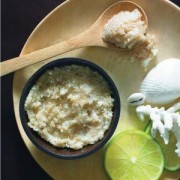
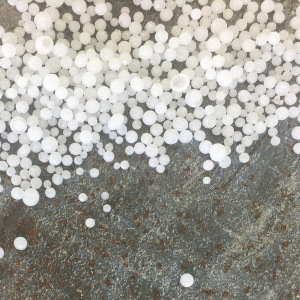
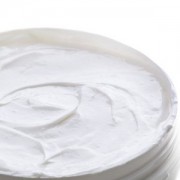



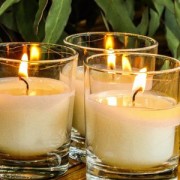

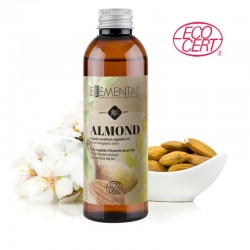

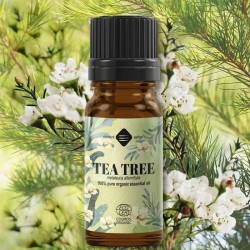
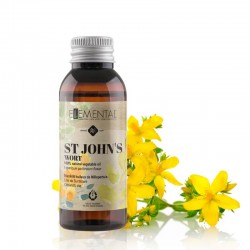
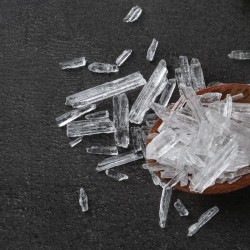
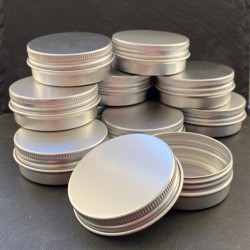
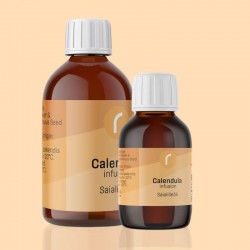
Leave a comment
Log in to post comments